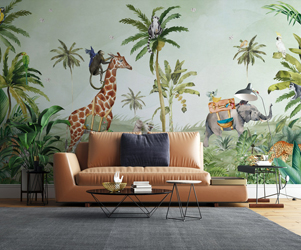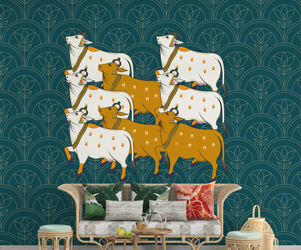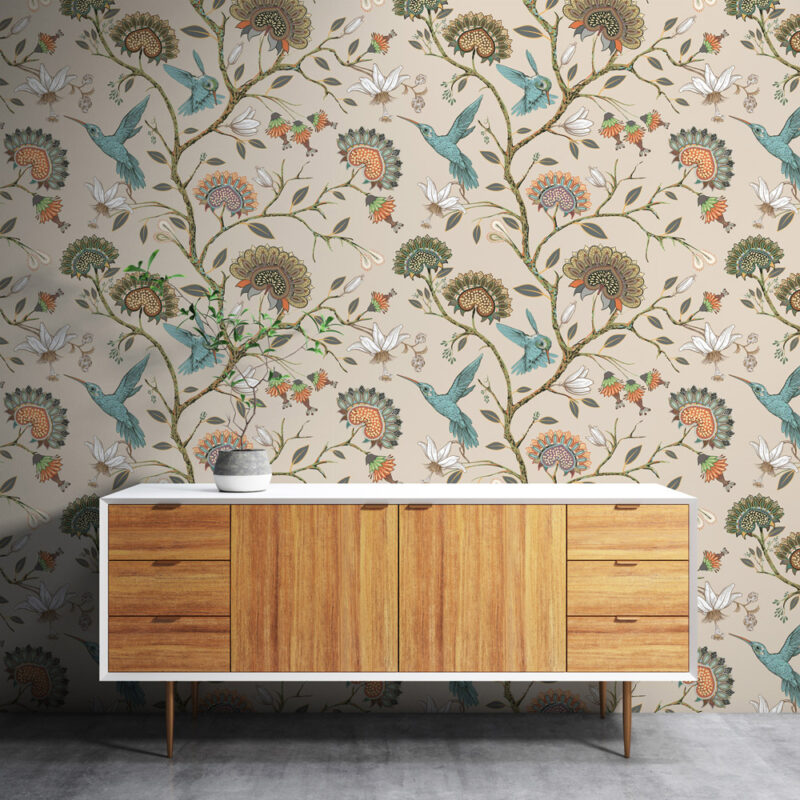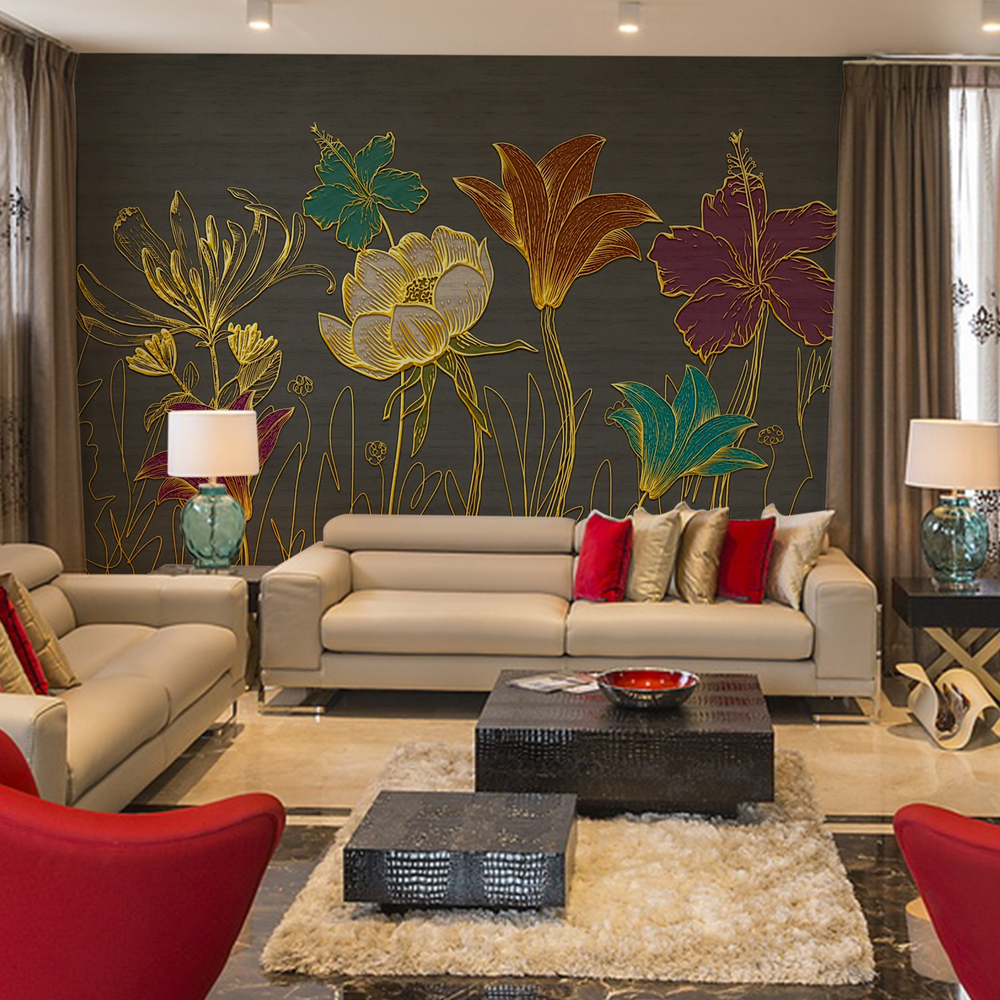The story behind wallpapers is often overlooked as we paste them onto our walls. We rarely consider their origins when picking out the perfect design, but wallpapers have a fascinating history. They’ve been around in different forms for a long time, all over the world, serving both practical and stylish purposes for various groups of people.
The earliest known use of wallpaper dates back to 200 B.C. in China, where rice paper was glued to walls. Over time, the technique of applying patterned linen fabric to walls spread from the Middle East to Europe.
In 16th century England, wallpaper emerged as a natural extension of textiles, which had been the main choice for wall decoration. Textiles were favored for their beauty and warmth, especially in the chilly English weather. However, as printing technology developed in the 15th century, people sought a more affordable way to achieve the visual appeal of textiles. This led to the creation of printed and hand-colored wallpapers that mimicked textile patterns.
During the 17th century, wallpaper gained popularity in Western Europe, particularly in Paris, where it was used by both retailers and the lower classes to adorn homes and establishments. A wallpaper hanging society was even established in Paris during this time.
By the 18th and 19th centuries, advancements in printing technology brought about changes in wallpaper production. In the 20th century, colored wallpaper became commonplace, though it remained a luxury in wealthy households. In the 21st century, wallpapers made from plant fibers have become popular, marking a significant evolution from their early beginnings.
Today, there’s a wide variety of wallpapers available, including imported, 3D, floral, geometric, and luxury options. With modern technology and design trends, wallpapers have become a hassle-free way for homeowners and interior designers to add creativity and attractiveness to spaces.
In summary, the wallpaper industry has undergone significant changes and has become a thriving field for interior designers and those seeking creative and elegant décor for their homes and offices.







